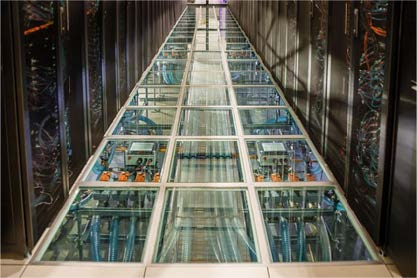Featured Report: StorageReview Visit WITH Chilldyne
We’re excited to share a comprehensive report from StorageReview’s recent visit to our San Diego headquarters. Their team got an exclusive, in-depth look at our leak-proof, negative pressure liquid cooling technology. We’re delighted to bring you their insights and analysis. During StorageReview visits Chilldyne, they experienced our cutting-edge innovations firsthand. As part of their visit, […]
Featured Report: StorageReview Visit WITH Chilldyne Read More »





